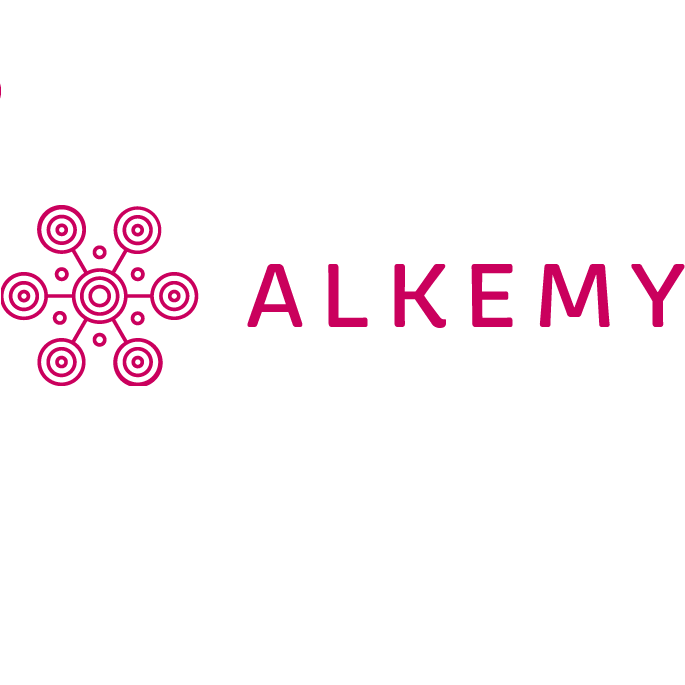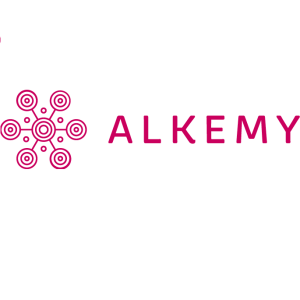Essential to the energy transition, lithium is such a precious resource that it has been dubbed “white gold”. In 2022, it was mostly extracted by three countries: Australia (47% of global production), Chile (26%) and China (17%)1. Two-thirds of the lithium produced worldwide is then processed in China. Lithium is a metal considered critical by the European Union: the clean energy sector – in particular lithium-ion batteries in electric vehicles – is very dependent on this raw material, although it is mainly imported.
To date, no European country exploits lithium industrially. Resources are estimated at about 5 million tonnes, or 6.9% of the world’s resources2. Also, France has a reserve never exploited industrially before in the world – lithium naturally present in geothermal waters.
Where does the lithium from our batteries come from?
Worldwide, two modes of lithium production are used. In Australia, for example, lithium is recovered by mining in lithium-rich rocks, spodumene pegmatites. It is found elsewhere in the world in granites or clays. Lithium can also be recovered from brines – salt water – naturally rich in dissolved lithium.
Alkemy Capital Investments plc (LON:ALK) is focussed on developing projects in the energy transition metals sector. Tees Valley Lithium is developing a state of the art lithium hydroxide plant at Teesside, UK. Tees Valley Graphite is developing the UK’s first natural graphite active anode material processing facility at the ‘plug-and-play’ Wilton International Chemicals Park.


